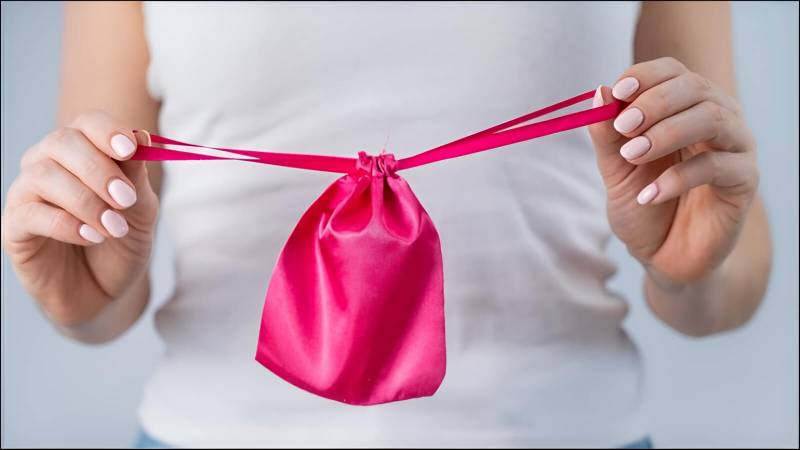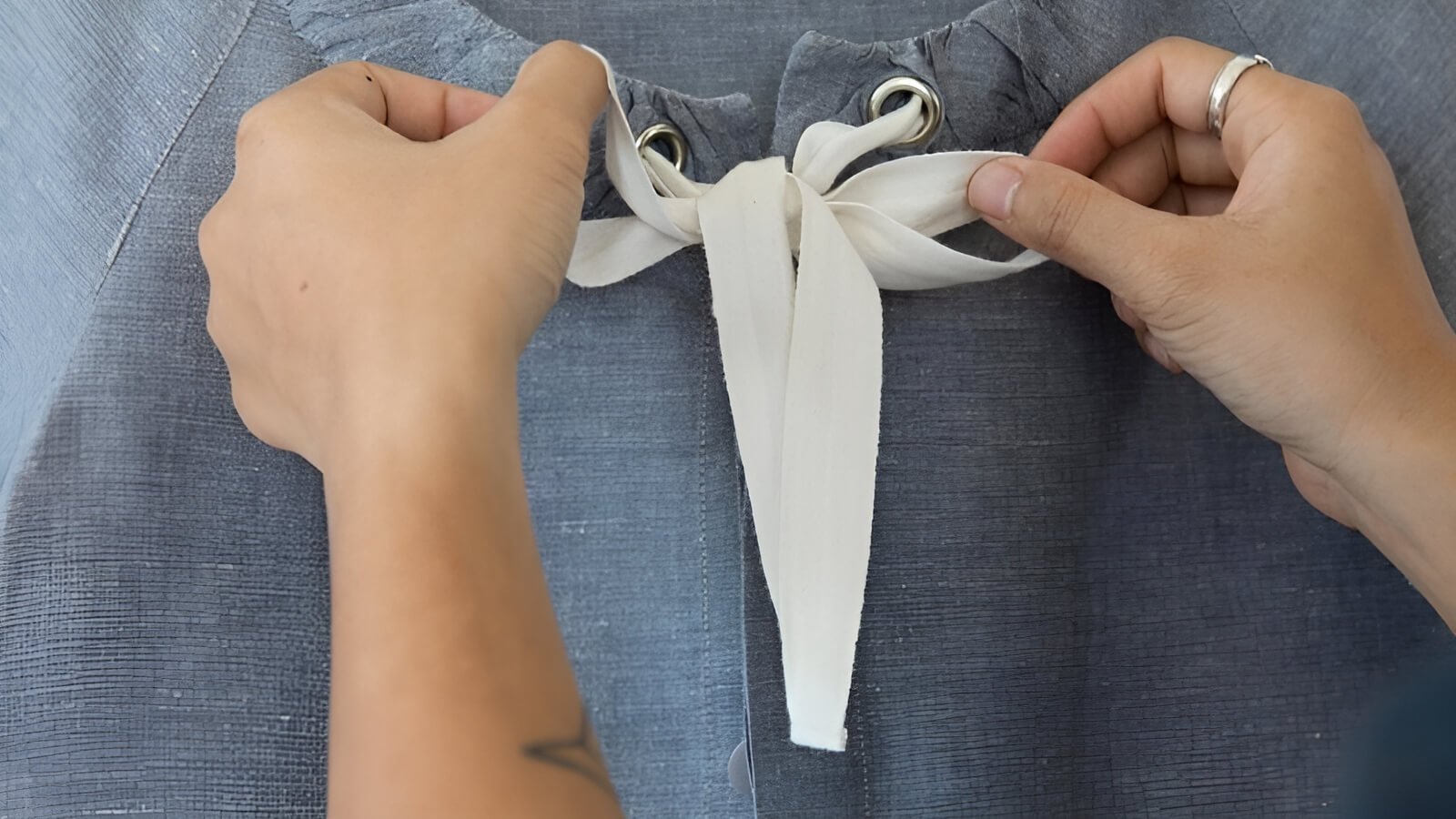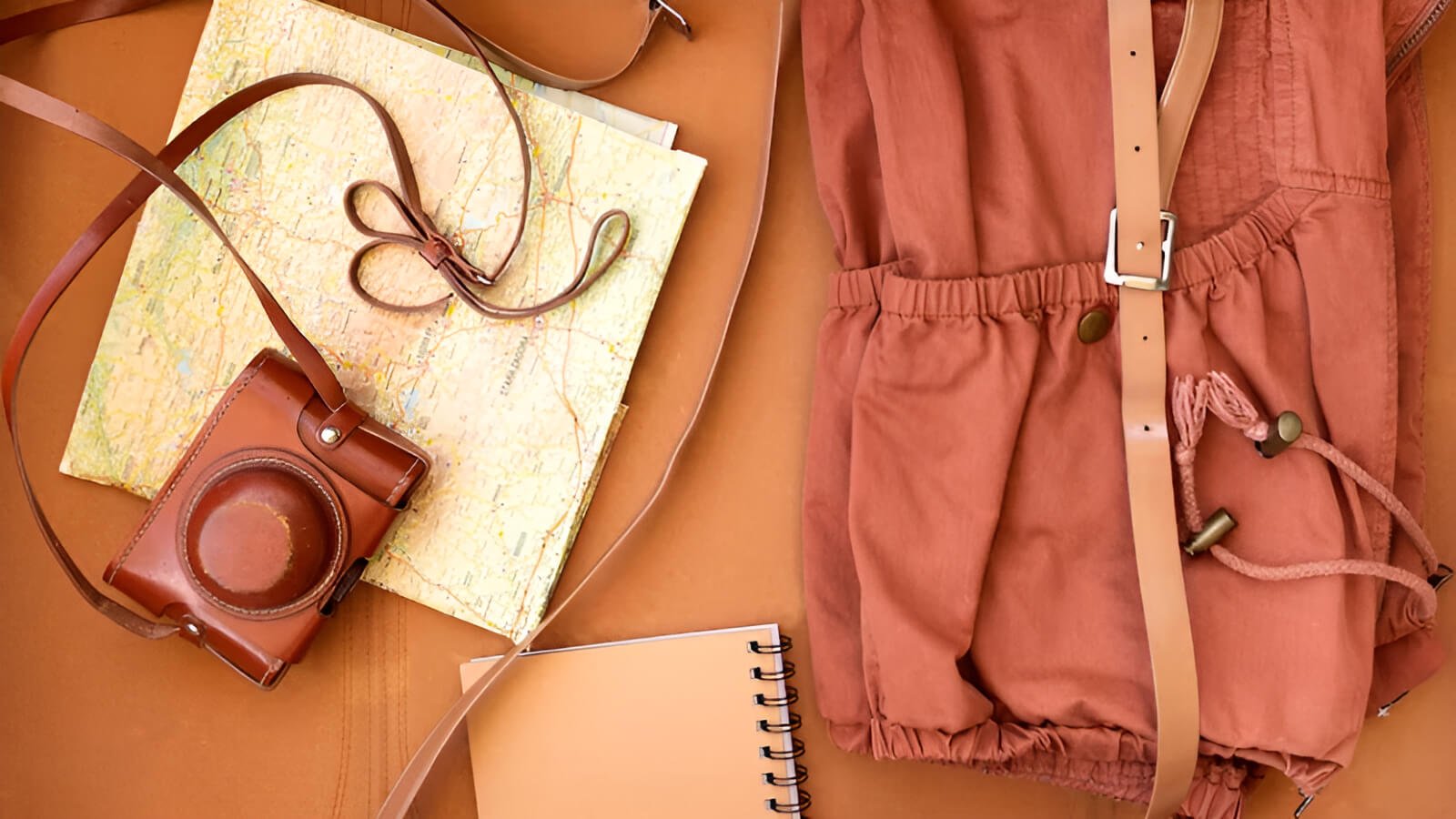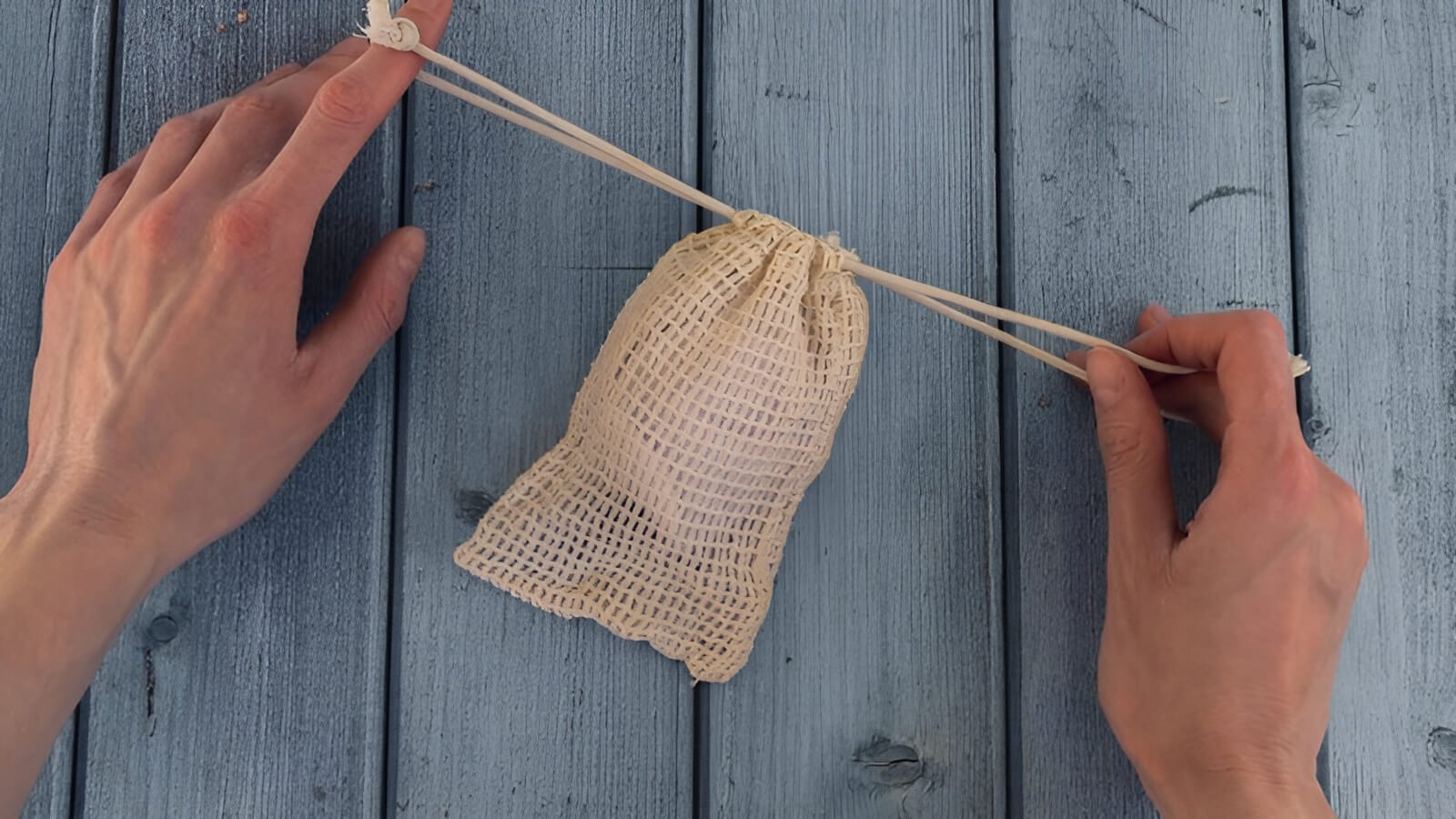What Is A Drawstring? Simple Guide: How It Works And Uses
Drawstrings are a common part of many items we use every day. They might seem simple, but they are very useful. This guide will explain what a drawstring is, how it works, and where you often find them. This guide uses simple language so everyone can learn about this handy feature. Let’s dive in!
1. Understanding the Basics: What Exactly is a Drawstring?
1.1 Defining “Drawstring” in Simple Terms
A drawstring is a type of cord, string, rope, or ribbon. People use it to close or tighten an opening. For example, you might find one on a bag or the hood of a jacket. Think of pulling a string to make an opening smaller – that’s the primary function of a drawstring. You might also hear people call it a pull cord, cinch cord, or drawcord.

1.2 The Main Job of a Drawstring: Opening and Closing
When you pull the ends of the drawstring, the opening of the item gets smaller or closes completely. This helps keep things inside a bag or makes clothing fit better.
When you loosen the drawstring, the opening gets bigger or opens up. This lets you take things out or make clothing looser. It’s a simple but effective type of closure, designed to fasten or secure an opening. Understanding how a drawstring closure works on a bag is easy: pull to close, loosen to open. This simple mechanism makes drawstrings very practical.
2. How Does a Drawstring Actually Work? A Closer Look
2.1 The Key Parts: The Cord and Its Channel
A drawstring system has two main parts: the cord and its channel. The cord is the actual piece of string, rope, or ribbon that you pull. It runs through a special path called a channel (or fabric casing).”
The channel is like a small tunnel made in the fabric of the bag or clothing. It holds the cord and guides it. When you pull the cord, it slides easily through this channel. As it slides, the fabric around the channel gathers up. This gathering action is what makes the opening smaller.

2.2 Making it Secure and Easy to Use: Ends and Accessories
The ends of the drawstring cord need to be finished. Finishing stops the cord from unraveling (this is called fraying). It also helps prevent the ends from slipping back into the channel and getting lost.
Common ways to finish cord ends include:
- A simple knot tied at each end of the cord is a very common and easy finish.
- Many drawstrings have a plastic or metal tip. This tip is called an aglet (or cord end). Your shoelaces have aglets! Aglets make the cord ends neat and strong. They also help when threading the cord through eyelets or the channel.
Sometimes, you’ll see a small plastic or metal piece threaded onto the drawstring. This is called a toggle or cord lock. You can slide it up to tighten the cord, and it will hold the cord in place. This means you don’t always need to tie a knot to keep the drawstring closed.
3. Why Are Drawstrings So Popular? The Benefits
3.1 Simple to Use and Adjustable for Everyone
One big reason drawstrings are so popular is that they are very simple to use. You just pull the cord to close an opening, and you loosen it to open. There are no tricky buttons or zippers. Drawstrings are also very adjustable.
You can pull a drawstring very tight to close something securely, or you can leave it a bit loose. This adjustability means items with drawstrings can fit different sizes or hold different amounts. This is one of the key advantages of drawstring pouches for products.

3.2 Often a Cost-Effective and Reliable Closure
For manufacturers, making items with drawstrings is often less expensive than using other types of closures like zippers. This can help keep the final price of the product lower. Drawstrings are usually quite strong and reliable.
They don’t have many small parts that can break easily. From our experience at Packlove in producing packaging solutions, drawstrings offer good durability for their cost. This makes them a popular choice.
4. Where Can You Find Drawstrings? Everyday Examples
4.1 In Your Wardrobe: Clothes with Drawstrings
You probably have many clothes with drawstrings in your wardrobe! They are very common textile accessories in everyday clothing.
- Hoodies: To tighten the hood around your face.
- Sweatpants, pajama bottoms, athletic shorts: At the waist, to help them fit well.
- Some jackets: At the waist or bottom edge to keep warmth in.

4.2 Bags of All Kinds: From Backpacks to Tiny Pouches
Drawstrings are also very common for closing all sorts of bags.
- Backpacks: Especially simple types of drawstring bags, often called gym sacks.
- Laundry bags: To easily close large bags.
- Shoe bags: For protecting shoes.
- Small fabric pouches or gift bags: Popular for jewelry, party favors, or small gifts. These are effective bag closures.
4.3 Other Clever Uses Around You
You might also spot drawstrings in other places:
- Some lightweight curtains use them to gather fabric.
- Sleeping bag hoods often have drawstrings for warmth.
- Stuff sacks for camping gear use drawstrings to compress items.
5. Getting to Know Different Types of Drawstring Cords
5.1 Common Materials for Drawstring Cords
Drawstring cords are not all the same. They can be made from different materials. The cord material affects its look, feel, and strength.
- Cotton: Feels soft and natural. Used for casual clothing and eco-friendly packaging.
- Polyester: Strong, durable, and doesn’t stretch much. Good for bags and outdoor items.
- Nylon: Smooth, very strong, and resists wear. Great for outdoor gear.
- Ribbon (e.g., satin, grosgrain): Flat and decorative. Used for gift bags or luxury packaging.
- Jute: Has a rustic, natural look. Good for an eco-friendly feel.

5.2 Finishing the Ends: Aglets, Knots, and More
Finishing the ends of a drawstring cord is important. It stops fraying and looks neater.
- Knots: The simplest way is to tie a knot at each end.
- Plastic aglets (cord ends): Common plastic tips, like on shoelaces. Durable and practical.
- Metal aglets (cord ends): Metal tips give a more stylish look. Often used for higher-end products. Some special aglets can even be customized for a unique look.
- Heat-Sealed Ends: For synthetic cords like nylon or polyester, ends can be melted with heat. This creates a clean, solid tip.
5.3 Cord Styles: Flat, Round, Braided, and More
Drawstring cords also come in different shapes and styles.
- Flat Cords: Like a ribbon or a wide, flat shoelace.
- Round Cords: More like a rope. The cord thickness or diameter is important.
- Braided Cords: Many round cords are braided. This makes the cord strong.
- Twisted Cords: Made by twisting strands together. Creates a strong cord with a distinct look.
5.4 Special Drawstring Cords
Some drawstring cords have special features:
- Reflective drawstring cords: Have threads that reflect light. Great for safety on items used at night.
- Biodegradable or organic drawstring materials: Cords made from organic cotton, hemp, or jute. These are better for the environment.
6. Drawstrings in Packaging: A Smart and Attractive Choice
6.1 Why Use Drawstrings for Product Packaging?
Drawstrings are a fantastic choice for packaging! One of the advantages of drawstring pouches for products is reusability. Customers often keep and reuse drawstring bags. A well-made drawstring pouch can make products feel more special.
Soft drawstring bags also help protect items. At Packlove, we see many businesses choose drawstring bags for their practicality and brand presentation. The role of drawstring bags in product packaging is significant.

6.2 Examples: Drawstring Bags for Gifts and Products
Drawstring bags are used for packaging gifts and many other products.
- Jewelry pouches: Small, soft bags for rings, necklaces.
- Dust bags: Larger drawstring bags for shoes, handbags.
- Small gift bags: Colorful bags for party favors or small presents.
- Packaging for natural products: Cotton or jute drawstring bags are perfect for handmade soaps or organic foods. A primary use for drawstring pouches is product packaging for these items.
6.3 Custom Drawstring Bags for Branding
Businesses can make their drawstring packaging unique. These are known as custom drawstring bags. They are specially made to match a company’s style.
Customization options include:
- Printing: Logos or designs can be printed.
- Colors: Bags can be made in specific brand colors).
- Materials: Choose bag materials (like cotton, linen) and cord materials (e.g., Eco-friendly material options for drawstring bags).
- Cord Details: Cord color, thickness, and style can be customized.
- Special Finishes: Details like custom branded aglets on drawstrings can be added.
Customizing drawstring bags for branding purposes helps make packaging special. It makes products look professional and helps customers remember the brand.
7. Understanding Drawstring Talk: A Quick Glossary
7.1 Key Terms to Know
Here’s a quick reminder of some important words:
- Drawstring (also Drawcord, Pull cord, Cinch cord): The main string you pull.
- Channel (or Casing): The fabric tube the drawstring slides through.
- Aglet: The small plastic or metal tip on the cord end.
- Toggle (or Cord Lock): A fastener to hold the drawstring tight.

8. Frequently Asked Questions about Drawstrings
8.1 What is the main purpose of a drawstring?
The main purpose of a drawstring is to provide a simple and adjustable way to open, close, or tighten an opening on an item. This helps define what a drawstring is by its function and understand how a drawstring mechanism functions.
8.2 What are common materials for drawstring cords?
Common materials for drawstring cords include Cotton (soft, natural), Polyester (strong, durable), Nylon (smooth, high strength), and ribbon (decorative). Jute is popular for a rustic, eco-friendly look. This helps readers learn about common drawstring materials like cotton, polyester, nylon, and jute.
8.3 Can drawstrings be replaced or repaired?
Yes, in many cases, drawstrings can be replaced. If a drawstring cord breaks, it can usually be removed. A new cord can be threaded back through the channel.
8.4 What are drawstring bags good for?
Drawstring bags are great for many uses! They are popular for carrying gym clothes, organizing small items, as reusable shopping bags, for gift packaging, or as protective Fabric Pouches for products. This answers the question of what drawstring bags are used for and helps readers discover their various applications, especially in packaging for items like gifts.
8.5 How do I choose a drawstring for my project or product?
When choosing a drawstring, consider its use. Think about the look and feel you want. The cord’s length and thickness/diameter are also key. For packaging, choose a drawstring that matches your brand.
Explore more:
The drawstring is a simple but very clever invention! It’s easy to use, adjustable, and works for many things. It’s a type of fastening mechanism that has been helping people for a long time. It remains popular in clothing, bags, and packaging today.
We hope this guide helped you understand drawstrings! If you have questions about using drawstrings for your packaging, or want to explore custom options, please contact Packlove today. Our friendly team is here to help!






















